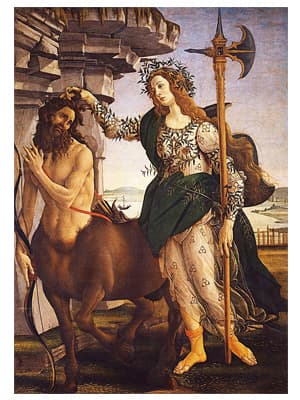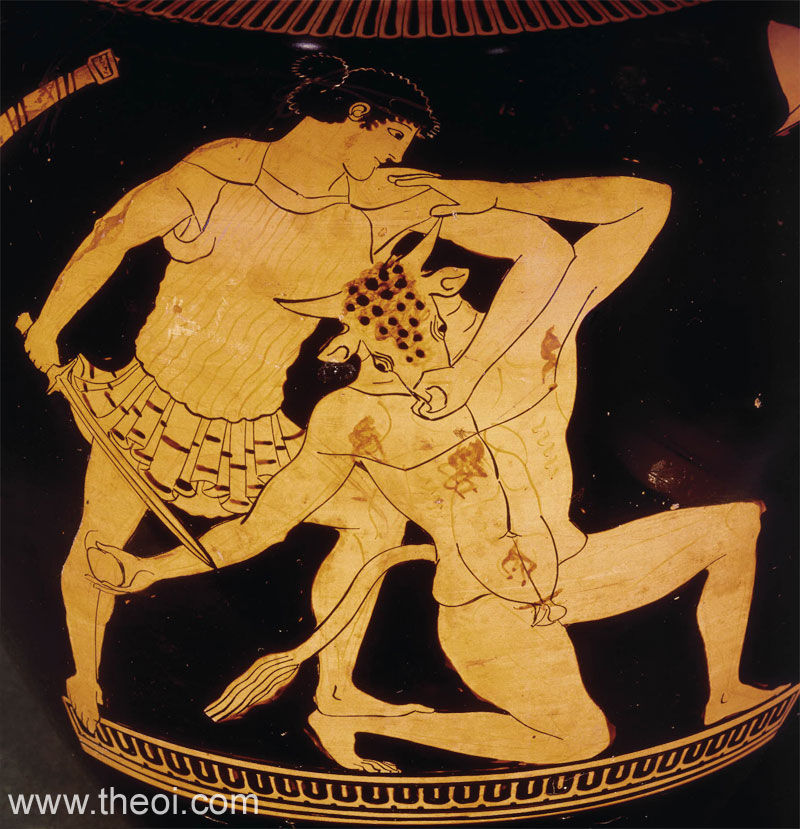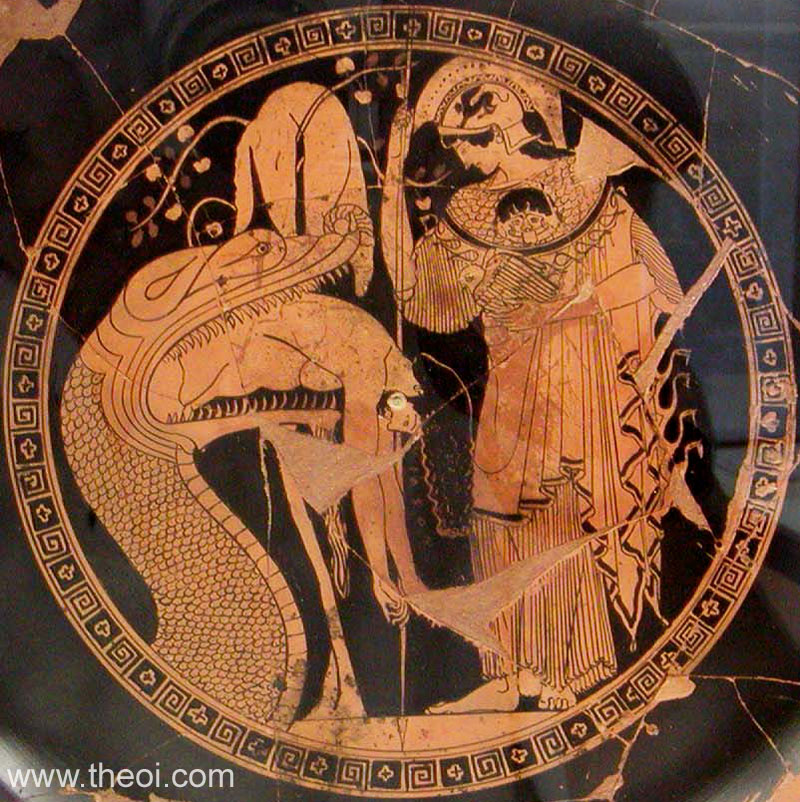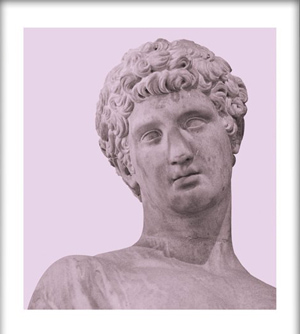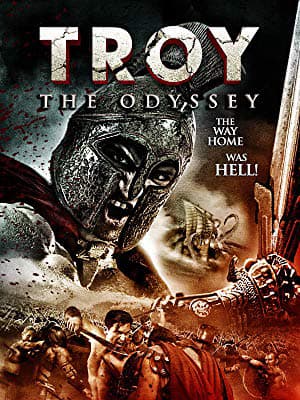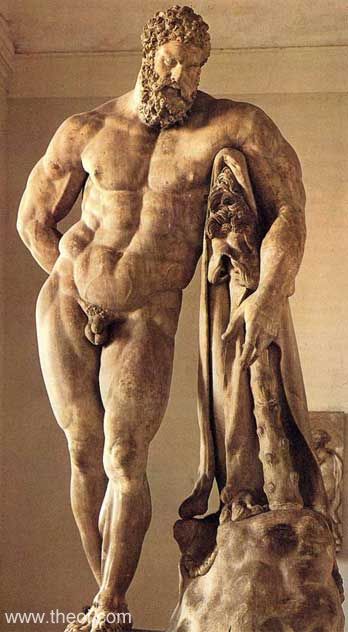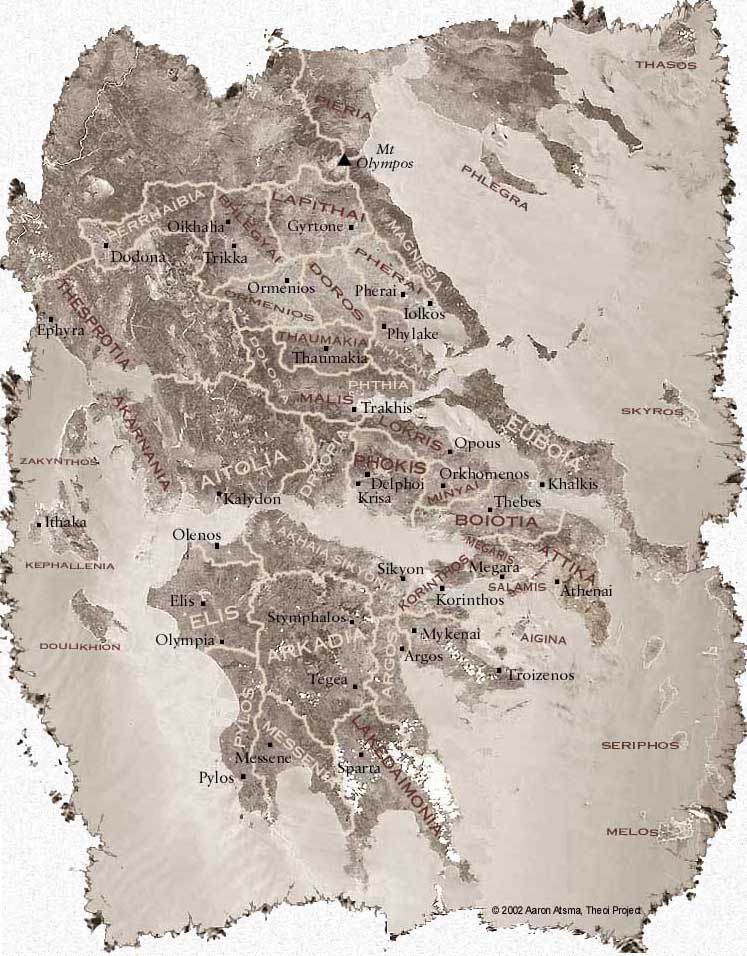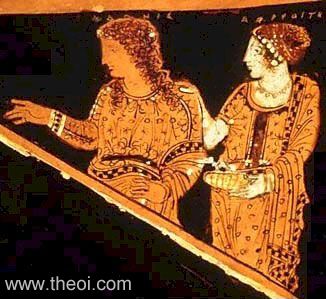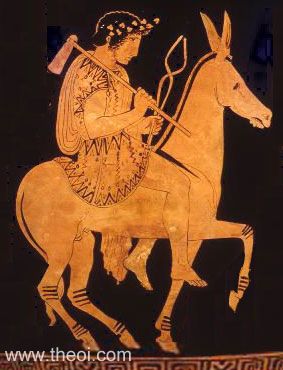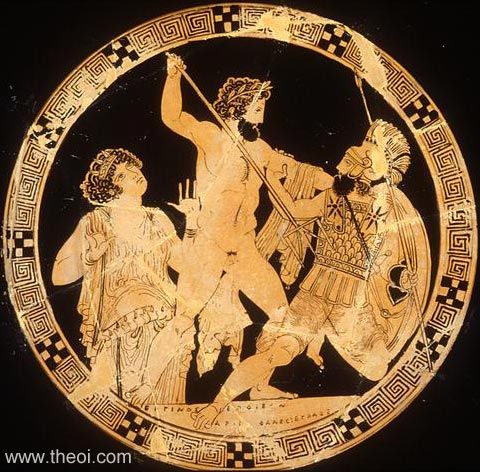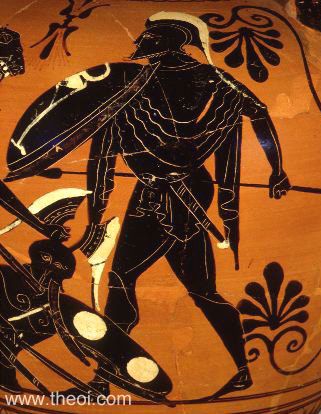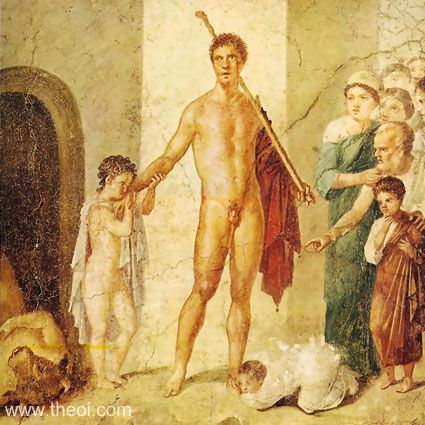While many skeptics regard mythology as fake, there are lots of places that are as real as the legends themselves. They are sites you can visit to get a first-hand glimpse into a world where great heroes and powerful gods roamed the earth.
Here’s a selection of 6 famous Greek mythology locations that should make your bucket list.
1. Greek Mythology Locations: Mount Olympus
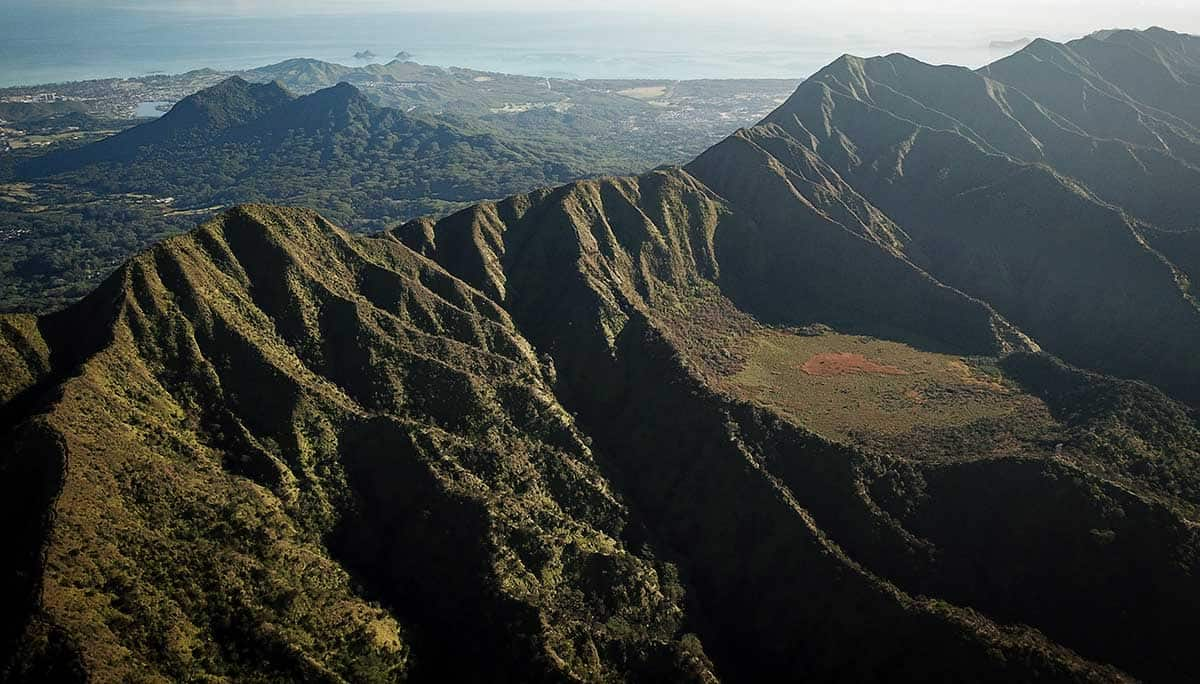
Mount Olympus was widely known as the home of the Greek deities. With its sheer majesty, breath-taking beauty and rugged remoteness, it’s not hard to see why the ancient Greeks believed that their beloved gods and goddesses dwelled there.
Standing at a staggering 10,000 feet, Mount Olympus is the highest mountain in Greece and is accessible from the northern peninsula of Halkidiki. The surrounding Mount Olympus National Park has been in existence for about 100 years, and visitors can enjoy the spectacular fauna and loft heights of the mountain peaks that reach above the clouds.
As the legend goes, the gods built their palaces in the canyons of the mountain. It can be hiked, but it takes quite a bit of stamina to reach the peak. If you come across a suspicious-looking mountain goat, it might just be Zeus in disguise.
2. The Palace of King Minos
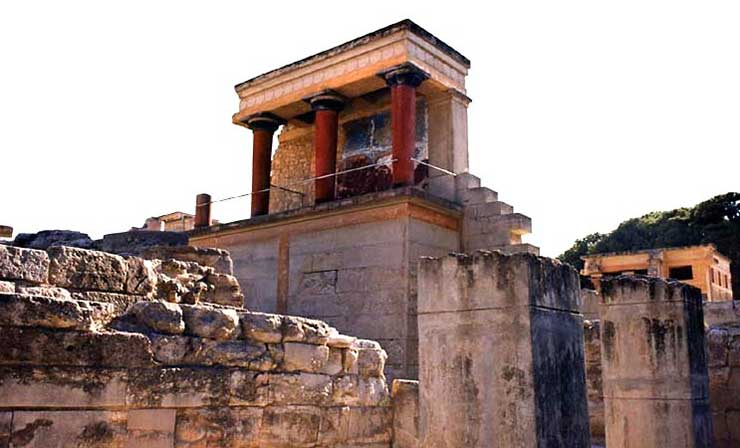
One of the most captivating Greek myths is the story of Theseus and the Minotaur. To provide a little background, Minos, the King of Crete, was the son of Zeus and Europa. Together with his wife Pasiphae, they had numerous children among whom was the dreaded Minotaur.
The god Poseidon sent Minos a snow-white bull to be offered to him as a sacrifice. Instead, Minos kept it alive. As a result, Poseidon decided to make Pasiphae fall in love with the animal as a punishment.
She conceived a child with the bull – Minotaur – that had the body of a man and the head of a bull. He trapped the beast inside a labyrinth and would offer it 14 youngsters for it to devour every year.
The practice went on until a fearless young hero named Theseus slew the monstrosity. While the exact location of the Labyrinth is unknown, you can certainly visit the palace of King Minos at Knossos in Crete.
3. Troy
The ancient city of Troy was located in the region of Asian Minor, which is in present-day Turkey. This was the backdrop of the Trojan War, which is one of the most famous battles in Greek mythology.
The chain of events leading up to the battle began when the prince of Troy, Paris, abducted Helen, the wife of the Spartan King Menelaus. The Greeks then set out on an expedition to get her back.
When they arrived at Troy, they set up camp near the River Scamander. The main battle took place on the plains between the river and the hill over which the city was perched.
Archaeological excavations of the site have revealed the ruins of ancient cities believed to be the Trojan city. Experts estimate that it existed sometime between 3000 BC and 500 AD. As time went on, new cities were built over the ruins of the previous ones resulting in at least nine layers that researchers believe is the ancient Trojan city.
4. The Underworld
Hidden in the earth’s crust is a deep, dark abyss. According to Greek mythology, it was the kingdom of Hades, the god of the Underworld. It was a place where the souls of the departed went.
It was also the location of the pit of Tartarus where the first-generation Titan gods were imprisoned for all eternity. There are lots of heroes and gods who made the perilous trek to the Underworld.
Orpheus made the journey to bring back his beloved Eurydice. Heracles captured the three-headed dog Cerberus that was standing guard at the gates of hell.
While it might not be the greatest of ideas to venture into the Underworld, you can certainly get to its entrance, or close enough to it anyway.
The Acheron River was one of the five rivers that border the Underworld. It was used to transport the souls of the dead to Hades. The river is located near Parga in the historical region of Epirus.
5. Mount Ida
In Greek mythology, Cronus was the youngest of the 12 Titans born to Gaia (Earth) and Uranus (Heaven). Uranus forbade his children from leaving their mother’s womb, so Gaia hatched a plan and appealed to her children to help her execute it.
Only Cronus was willing to do it. So, he castrated his father, released his siblings from their mother’s womb and proclaimed himself king of all the gods, goddesses and humankind.
Eventually, he married the goddess Rhea, and together they bore offspring. However, he became paranoid about being overthrown by one of his offspring. So, he resulted to swallowing them the moment they were born.
Rhea sought counsel from Gaia, and she advised her to go to Crete. She gave birth to a son and named him Zeus. She then returned to her husband and deceived him by giving him a stone to swallow in place of her newborn child.
Mount Ida is of great mythical importance. It is in the Ideon Cave which is hidden in the mountain that Rhea gave birth to Zeus. It is also where he is believed to have spent the better part of his childhood. Mount Ida is the present-day Mount Kaz located in Turkey.
6. The Isle of Delos
The sacred Isle of Delos is located in the Cyclades, next to Mykonos, in the heart of the Aegean Sea. It has great mythical importance as it is the place that Leto, the goddess of motherhood and one of Zeus’ numerous lovers, sought safe-haven from the wrath of Hera. It is also the birthplace of her children, Artemis and Apollo.
Numerous temples were built there in her honor, and the temple ruins remain to this day. The island is accessible from the Greek mainland and Mykonos by ferry.
The Takeaway
Every tale has a grain of truth, and if you look for it, you’ll certainly find it. There are lots of Greek mythology locations that are either lost in time or shrouded in a hood of mystery.
Nevertheless, there are a great number of sites and ruins that are directly linked to lots of fantastic legends. You just need to know where to look.
Check out our blog for more Greek mythology-related posts.
